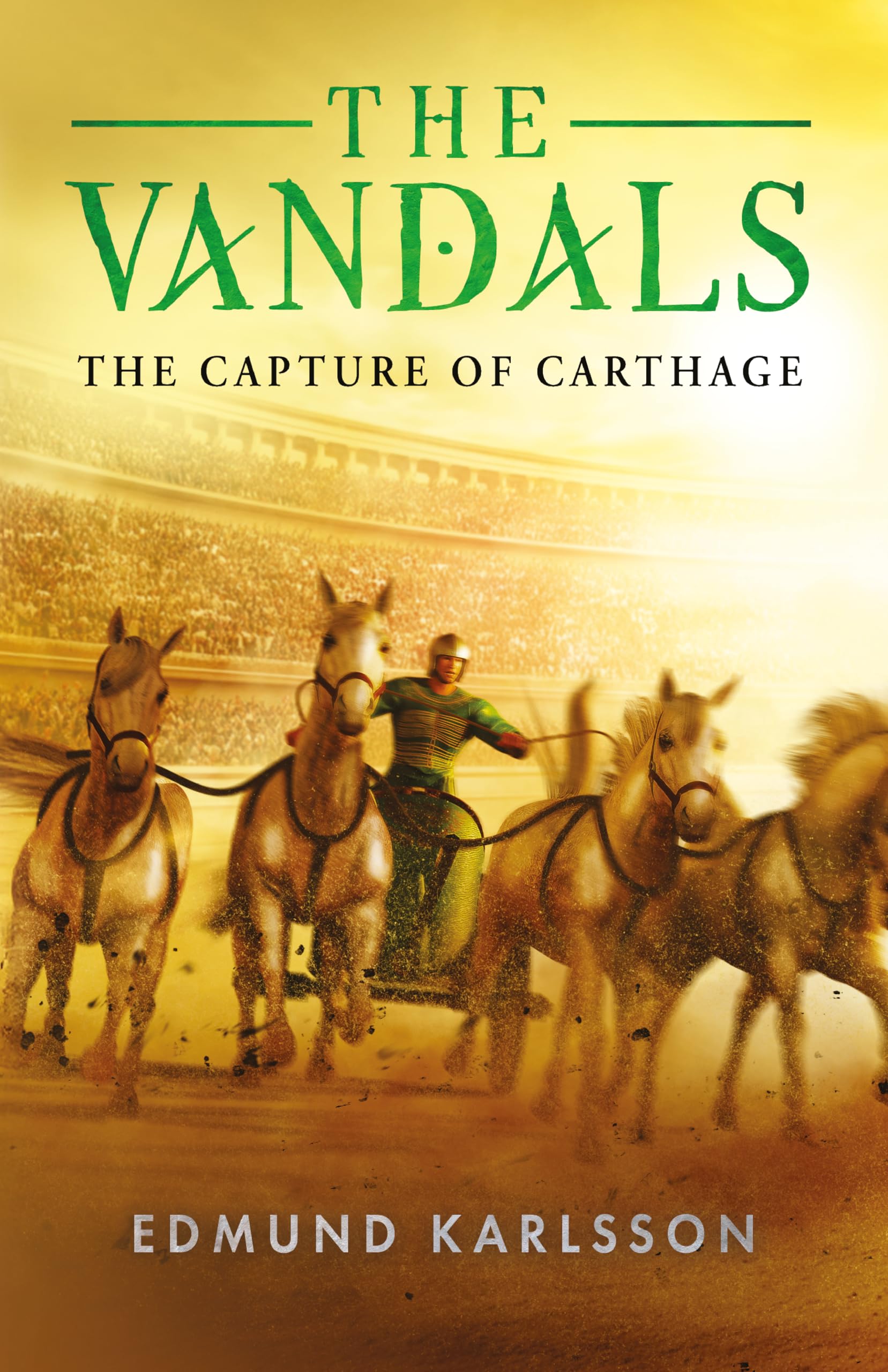The Asding Vandals were an insignificant Germanic tribe with an undistinguished military record who lost most of their battles. Somehow this small tribe not only survived a great migration from modern day Hungary to Africa but also created a Mediterranean kingdom so powerful it could sack Rome. Few books or films feature the Vandals as the key catalyst in the fall of the Western Roman Empire. Yet, if one man can be held responsible for the fall of Rome, then the Vandal King Gaeseric would be the choice of many historians.The fifth book in the series begins in the winter of 435 with the followers of King Gaeseric of the Vandals and Alans in control of the African coastline from Tangiers in Morocco to Annaba in Algeria, then known as Hippo Regius. Key to their control are the alliances they formed with the powerful inland Berber kingdoms of the Ouarsenis and the Musulami Mauri. By treaty, the Vandals are federates of the western Roman empire required not only to send annual grain tribute to Rome but also to surrender a hostage. The richest part of Roman Africa, Africa Proconsularis, centred on the vitally important port of Carthage, lay tantalisingly close but out of reach. The Vandals will break their treaty and strike for Carthage as soon as various obstacles are overcome. But those obstacles are formidable: eastern Roman empire forces under the command of Aspar hold Carthage, western empire forces led by Aetius are not far distant, the strongest war fleet in the region is based in Carthage harbour and, not least, Gaeseric’s son Hunneric is held as a hostage in Ravenna. Primary sources have little to say on how exactly the Vandals captured Carthage so we are left to muse on the comment of the contemporary chronicler Hydatius: the Vandals captured Carthage by a great stratagem!
save
$4.99The Vandals: Book 5 – the Capture of Carthage
$0.00$4.99
“Discover how the seemingly insignificant Vandal tribe, led by King Gaeseric, defied the odds to build a powerful kingdom and challenge the Roman Empire in this gripping historical tale.”
| book-author |
|---|











